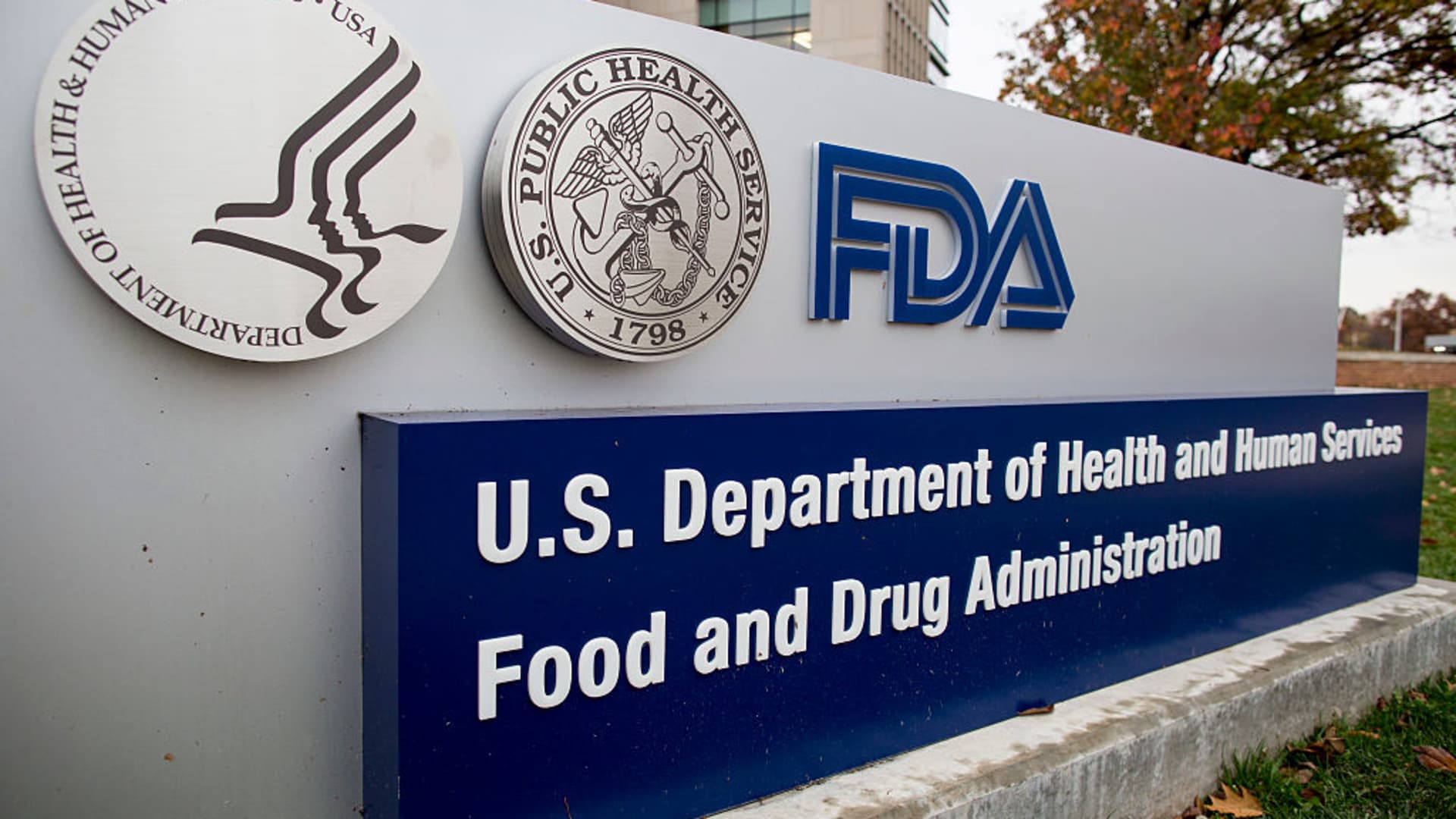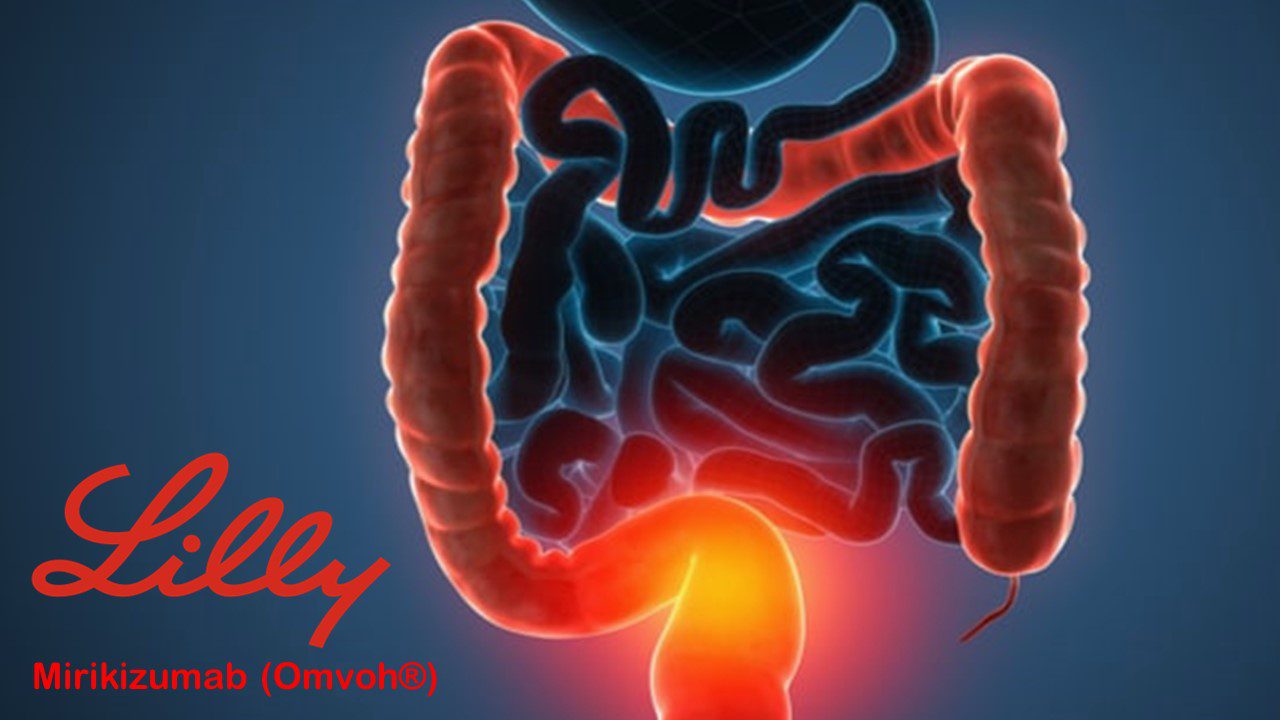In the realm of medical research and scientific advancements, one institution stands at the forefront— the National Institutes of Health (NIH). As the nation’s premier medical research agency, the NIH has a rich history of more than a century, marked by groundbreaking discoveries and transformative contributions to healthcare. With a mission to seek fundamental knowledge about living systems and apply that knowledge to improve health, the NIH plays a pivotal role in shaping the landscape of medical research, fostering innovation, and promoting the well-being of individuals worldwide. Let us delve into the remarkable history, mission, organization, and leadership of the NIH, exploring how it drives medical progress and supports the quest for healthier lives.
History: Paving the Path for Life-Saving Discoveries
For over a century, NIH scientists and supported researchers have been instrumental in shaping the course of medical science. The NIH’s enduring commitment to innovation and scientific excellence has propelled countless breakthroughs that have revolutionized healthcare. Notably, an astounding 169 Nobel Prize-winning scientists have conducted their work at the NIH or received support from NIH funds. Among their remarkable achievements are the development of magnetic resonance imaging (MRI), the understanding of viral-induced cancers, elucidation of cholesterol control, and unraveling the intricate workings of the human brain’s visual processing system. These accomplishments, along with numerous others, have not only improved health outcomes but have also saved countless lives.
Mission and Goals: Fueling Health Advancements
The NIH’s overarching mission is to acquire fundamental knowledge about living systems and their behaviors and leverage this knowledge to enhance health, prolong life, and reduce the burden of illness and disability. The agency has established four primary goals to guide its endeavors. First, the NIH seeks to foster creative discoveries, innovative research strategies, and their practical applications, ultimately safeguarding and enhancing public health. Second, it strives to develop, maintain, and renew scientific resources, ensuring the nation’s preparedness to prevent and combat diseases effectively. Third, the NIH aims to expand the knowledge base in medical and related sciences, contributing to the nation’s economic well-being and ensuring a high return on the public investment in research. Finally, the NIH strives to exemplify scientific integrity, public accountability, and social responsibility, setting the highest standards for conducting science.
Research Areas: Illuminating the Path to Health
In pursuit of its mission and goals, the NIH provides leadership and direction to programs dedicated to improving the health of the nation. The agency supports and conducts research in a diverse array of critical areas, including the causes, diagnosis, prevention, and cure of human diseases; processes of human growth and development; biological effects of environmental contaminants; understanding mental, addictive, and physical disorders; and the collection, dissemination, and exchange of medical and health information. Additionally, the NIH plays a vital role in the development and support of medical libraries and the training of medical librarians and health information specialists, ensuring the accessibility of cutting-edge knowledge and research findings.
Organization: Power in Collaboration
The NIH is comprised of 27 distinct components known as Institutes and Centers, each with its own research agenda, often focusing on specific diseases or body systems. These components receive their funding directly from Congress and manage their budgets. While each Institute and Center operates autonomously, NIH leadership actively participates in shaping research planning, activities, and outlook. At the heart of the NIH’s organizational structure is the Office of the Director, which sets policy, manages programs, and coordinates activities across the agency.
NIH Leadership: Guiding the Path of Progress
Underpinning the NIH’s success is the Office of the Director, serving as the central hub responsible for setting policies, managing programs, and coordinating activities across all NIH components. At the helm of this monumental organization is the NIH Director, a visionary leader with a unique perspective on the agency as a whole. The Director plays a pivotal role in providing guidance, identifying opportunities, and fostering collaboration among the Institutes.
The Multifaceted Role of the NIH Director
The NIH Director holds a crucial position in shaping the agency’s activities and future outlook. With an unwavering commitment to scientific advancement, the Director leads the Institutes by constantly identifying needs and opportunities, particularly those that span across multiple Institutes. This is achieved through various channels of engagement, including regular senior staff meetings, discussions with scientific interest groups, and briefing sessions with Institute directors.
Informed Decision-Making: Advisory Committees and Beyond
Recognizing the significance of expert guidance, the NIH Director seeks advice from esteemed bodies such as the Advisory Committee to the Director, Council of Councils, Scientific Management Review Board, and the Clinical Center Research Hospital Board. Comprised of independent members with diverse expertise, these federal advisory committees play a crucial role in advising the Director on major decisions pertaining to plans and policies that impact the NIH. Moreover, the Director engages in discussions with the Administration, primarily through the Department of Health and Human Services (HHS), as well as with the Congress, ensuring that the NIH’s voice resonates at the highest levels of decision-making.
Empowering the President’s Vision: Annual Budget Request
An integral responsibility of the NIH Director is advising the President on the annual budget request to Congress. Through extensive discussions with Institute Directors and a comprehensive understanding of research priorities, the Director helps shape the budget to reflect the NIH’s commitment to advancing scientific discovery and improving public health outcomes.
Evolution of Leadership: From Appointments to Confirmations
The position of NIH Director underwent a transformative change with the passage of the National Cancer Act of 1971. Prior to this landmark legislation, all NIH Directors were appointed by the Surgeon General, with a single exception—Robert Q. Marston, who was appointed by the Secretary of Health, Education, and Welfare. The National Cancer Act Amendments of 1974 solidified the NIH Director’s status as a presidentially appointed position, subject to Senate confirmation, ensuring a high level of leadership and accountability.
Spotlight on NIH Director: Lawrence A. Tabak, D.D.S., Ph.D.
Leading the NIH as the Acting Director is Dr. Lawrence A. Tabak, a distinguished scholar with a stellar track record in dentistry, biochemistry, and research administration. Dr. Tabak assumed office on December 20, 2021, after serving as the Principal Deputy Director and Deputy Ethics Counselor of NIH since August 2010. Prior to joining NIH, he held esteemed positions at the University of Rochester and remains an active researcher in the field of glycoproteins.
The NIH Principal Deputy Director: Tara A. Schwetz, Ph.D.
Working alongside Dr. Tabak is Dr. Tara A. Schwetz, the Acting Principal Deputy Director of the NIH. With a strong background in biomedical science initiatives, Dr. Schwetz has been instrumental in driving medical innovation through her leadership in establishing the Advanced Research Projects Agency for Health (ARPA-H). Her tenure at the NIH spans over a decade, during which she has held various positions and spearheaded several strategic planning efforts.
NIH: A Global Force for Research and Collaboration
While the NIH’s headquarters are located in Bethesda, Maryland, its impact transcends geographical boundaries. With over 75 buildings on a sprawling campus, the NIH houses state-of-the-art laboratory facilities. However, more than 80% of research activities are carried out by scientists worldwide, exemplifying the NIH’s commitment to fostering collaborations and driving scientific progress on a global scale.
List of NIH Institutes
National Cancer Institute (NCI) — Est. 1937 | cancer.gov
National efforts are being led by NCI to end cancer-related misery and fatalities. Through basic and clinical biomedical research and training, NCI carries out and supports studies that will help us prevent cancer before it begins, spot cancers that do develop at the earliest stage, eradicate cancers through cutting-edge treatment interventions, and biologically control those cancers that we cannot eradicate so they become manageable, chronic diseases.
National Heart, Lung, and Blood Institute (NHLBI) — Est. 1948 | nhlbi.nih.gov
The National Heart, Lung, and Blood Institute (NHLBI) serves as the global leader for a research, education, and training program to advance the prevention and treatment of heart, lung, and blood diseases and improve the health of all people so they can live longer, more fulfilling lives. The NHLBI encourages training and mentorship of young scientists and physicians as well as the dissemination of research advancements to the general public. It also facilitates basic discoveries into the causes of disease and their application into clinical treatment.
National Institute of Allergy and Infectious Diseases (NIAID) — Est. 1948 | niaid.nih.gov
The goal of NIAID research is to comprehend, manage, and ultimately prevent the plethora of infectious, immunologic, and allergy disorders that pose a threat to the lives of millions of people.
National Institute of Dental and Craniofacial Research (NIDCR) — Est. 1948 | nidcr.nih.gov
In order to fully understand, treat, and ultimately prevent the genetic and infectious craniofacial-oral-dental diseases and disorders that endanger millions of people’s lives, NIDCR offers leadership for a nationwide research initiative.
National Institute of Mental Health (NIMH) — Est. 1949 | nimh.nih.gov
Through basic studies of the brain and behavior, clinical, epidemiological, and services research, NIMH serves as a national leader in the effort to understand, treat, and prevent mental diseases.
National Institute of Diabetes and Digestive and Kidney Diseases (NIDDK) — Est. 1950 | niddk.nih.gov
In order to improve people’s health and quality of life, the National Institute of Diabetes and Digestive and Kidney Diseases (NIDDK) conducts and supports medical research, research training, and information dissemination on diabetes and other endocrine and metabolic diseases, digestive diseases, nutritional disorders, and obesity, as well as kidney, urologic, and hematologic diseases.
National Institute of Neurological Disorders and Stroke (NINDS) — Est. 1950 | ninds.nih.gov
The purpose of NINDS is to increase fundamental understanding of the nervous system and the brain in order to lessen the burden of neurological diseases. The NINDS sponsors and carries out basic, translational, and clinical research on the healthy and ill nervous system in order to achieve this goal. The Institute also promotes the training of researchers in basic and clinical neurosciences and works to advance our knowledge of neurological illnesses and their treatment, diagnosis, and prevention.
National Library of Medicine (NLM) — Est. 1956 | nlm.nih.gov
The National Library of Medicine (NLM) gathers, compiles, and makes public and professional biomedical science material accessible. A lot of people all over the world use the Web-based databases provided by the library, including PubMed/Medline and MedlinePlus. The NLM carries out and supports research in biomedical communications, develops information resources for molecular biology, biotechnology, toxicology, and environmental health, and offers grant and contract support for education, medical library resources, and biomedical informatics and communications research.
Eunice Kennedy Shriver National Institute of Child Health and Human Development (NICHD) — Est. 1962 | nichd.nih.gov
In order to better reproductive health, improve the lives of children and adolescents, and maximize everyone’s capacities, NICHD leads research and training.
National Institute of General Medical Sciences (NIGMS) — Est. 1962 | nigms.nih.gov
The National Institute of General Medical Sciences (NIGMS) encourages fundamental investigation into biological mechanisms since it paves the way for improvements in illness detection, therapy, and prevention. Researchers supported by NIGMS study the functioning of living systems at various scales, ranging from molecules and cells through tissues, entire animals, and populations. The Institute also funds clinical research in a few areas, particularly when it pertains to several organ systems. NIGMS takes the lead in creating the next generation of scientists, increasing the diversity of the scientific workforce, and expanding research capabilities across the nation in order to guarantee the vitality and ongoing productivity of the research industry.
National Eye Institute (NEI) — Est. 1968 | nei.nih.gov
The mission of the National Eye Institute is to carry out and support research, training, health information dissemination, and other programs pertaining to blinding eye diseases, visual disorders, mechanisms of visual function, preservation of sight, and the unique health issues and requirements of the blind.
National Institute of Environmental Health Sciences (NIEHS) — Est. 1969 | niehs.nih.gov
The National Institute of Environmental Health Sciences’ goal is to improve people’s quality of life by learning how the environment affects them.
National Institute on Alcohol Abuse and Alcoholism (NIAAA) — Est. 1970 | niaaa.nih.gov
To lessen the severe health, social, and economic effects of this disease, NIAAA carries out research aimed at enhancing the treatment and prevention of alcoholism and alcohol-related issues.
National Institute on Aging (NIA) — Est. 1974 | nia.nih.gov
The nationwide Institute on Aging (NIA) oversees a nationwide program of research on the biological, social, and behavioral aspects of aging, the prevention of age-related illnesses and impairments, and the promotion of a higher quality of life for all senior citizens in the United States.
National Institute on Drug Abuse (NIDA) — Est. 1974 | nida.nih.gov
The National Institute on Drug Abuse’s (NIDA) goal is to promote both individual and societal health by advancing scientific understanding of the factors that lead to drug use and addiction as well as its effects.
National Institute of Arthritis and Musculoskeletal and Skin Diseases (NIAMS) — Est. 1986 | niams.nih.gov
NIAMS promotes the training of fundamental and clinical scientists to conduct this research, the dissemination of information on the status of research in these illnesses, and research into the causes, mitigation, and prevention of arthritis, musculoskeletal disorders, and skin diseases.
National Institute of Nursing Research (NINR) — Est. 1986 | ninr.nih.gov
In order to improve health and advance health equity into the future, the National Institute of Nursing Research (NINR) is charged with leading nursing research to address urgent health concerns and guide practice and policy.
National Institute on Deafness and Other Communication Disorders (NIDCD) — Est. 1988 | nidcd.nih.gov
The 46 million Americans who are affected by diseases and disorders of hearing, balance, smell, taste, voice, speech, and language are the focus of the scientific research that the NIDCD sponsors and performs.
National Human Genome Research Institute (NHGRI) — Est. 1989 | genome.gov
Through genome research, NHGRI is committed to improving health. The Human Genome Project was successfully finished in 2003, ahead of schedule and below budget, thanks in large part to the Institute’s leadership of NIH’s participation. NHGRI’s work today spans a wide spectrum of studies targeted at advancing knowledge of human biology and enhancing human health, building upon the framework set out by the sequencing of the human genome. A crucial component of NHGRI’s goal continues to be the investigation of the moral, legal, and social ramifications of genome research.
National Institute of Biomedical Imaging and Bioengineering (NIBIB) — Est. 2000 | nibib.nih.gov
The National Institute of Biomedical Imaging and Bioengineering’s (NIBIB) goal is to improve illness prevention, detection, diagnosis, and treatment through engineering.
National Institute on Minority Health and Health Disparities (NIMHD) — Est. 2010 | nimhd.nih.gov
The NIMHD was first established as an office in 1990, and it was later named a center in 2000. The goal of NIMHD is to direct scientific investigation on enhancing minority health and eradicating health disparities. NIMHD conducts and supports research in minority health and health disparities; promotes and supports the training of a diverse research workforce; translates and disseminates research information; and fosters creative partnerships and collaborations in order to carry out its mission.
List of NIH Centers
Center for Scientific Review (CSR) — Est. 1946 | csr.nih.gov
Applications for NIH grants are reviewed for scientific merit by CSR. Over 75% of the more than 88,000 applications submitted to the NIH annually, as well as for various other parts of HHS, are overseen and carried out by CSR. In order for NIH to fund the most promising research, CSR’s goal is to ensure that NIH grant proposals get fair, impartial, knowledgeable, and timely scientific evaluations that are free from improper influences.
NIH Clinical Center (CC) — Est. 1953 | clinicalcenter.nih.gov
The NIH Clinical Center, known as America’s research hospital, creates a flexible setting for clinical research, supporting the NIH’s mission to enhance human health. It accomplishes this by investigating the origins of diseases, conducting pioneering clinical trials focused on rare and impactful public health conditions, developing cutting-edge methods for diagnosis, prevention, and treatment, training present and future clinical researchers, and ensuring ethical, efficient, and scientifically rigorous clinical research.
Center for Information Technology (CIT) — Est. 1964 | cit.nih.gov
CIT integrates current computer power into the NIH’s scientific programs and administrative operations through three core activities: computational biosciences research, computer system development, and computer facility provision.
Fogarty International Center (FIC) — Est. 1968 | fic.nih.gov
FIC encourages and supports scientific research and training on a global scale in order to minimize health inequities.
National Center for Complementary and Integrative Health (NCCIH) — Est. 1999 | nccih.nih.gov
NCCIH’s aim is to define the utility and safety of complementary and integrative health interventions, as well as their roles in enhancing health and health care, via rigorous scientific inquiry.
National Center for Advancing Translational Sciences (NCATS) — Est. 2011 | ncats.nih.gov
NCATS’ objective is to catalyze the creation, testing, and deployment of diagnostics and therapies for a wide spectrum of human diseases and conditions.
Subscribe
to get our
LATEST NEWS
Related Posts

Regulatory Affairs
Navigating the Depths of Drug Approval: The FDA’s Crucial Role in Clinical Trials
In the realm of pharmaceuticals, ensuring the safety and efficacy of drugs is paramount.

Regulatory Affairs
Decoding Drug Prices: Unraveling the Intricate Puzzle of Pharmaceutical Pricing
Only by untangling the web of pharmaceutical pricing can we pave the way for a more affordable and equitable healthcare system.
Read More Articles
Synthetic Chemistry’s Potential in Deciphering Antimicrobial Peptides
The saga of antimicrobial peptides unfolds as a testament to scientific ingenuity and therapeutic resilience.












